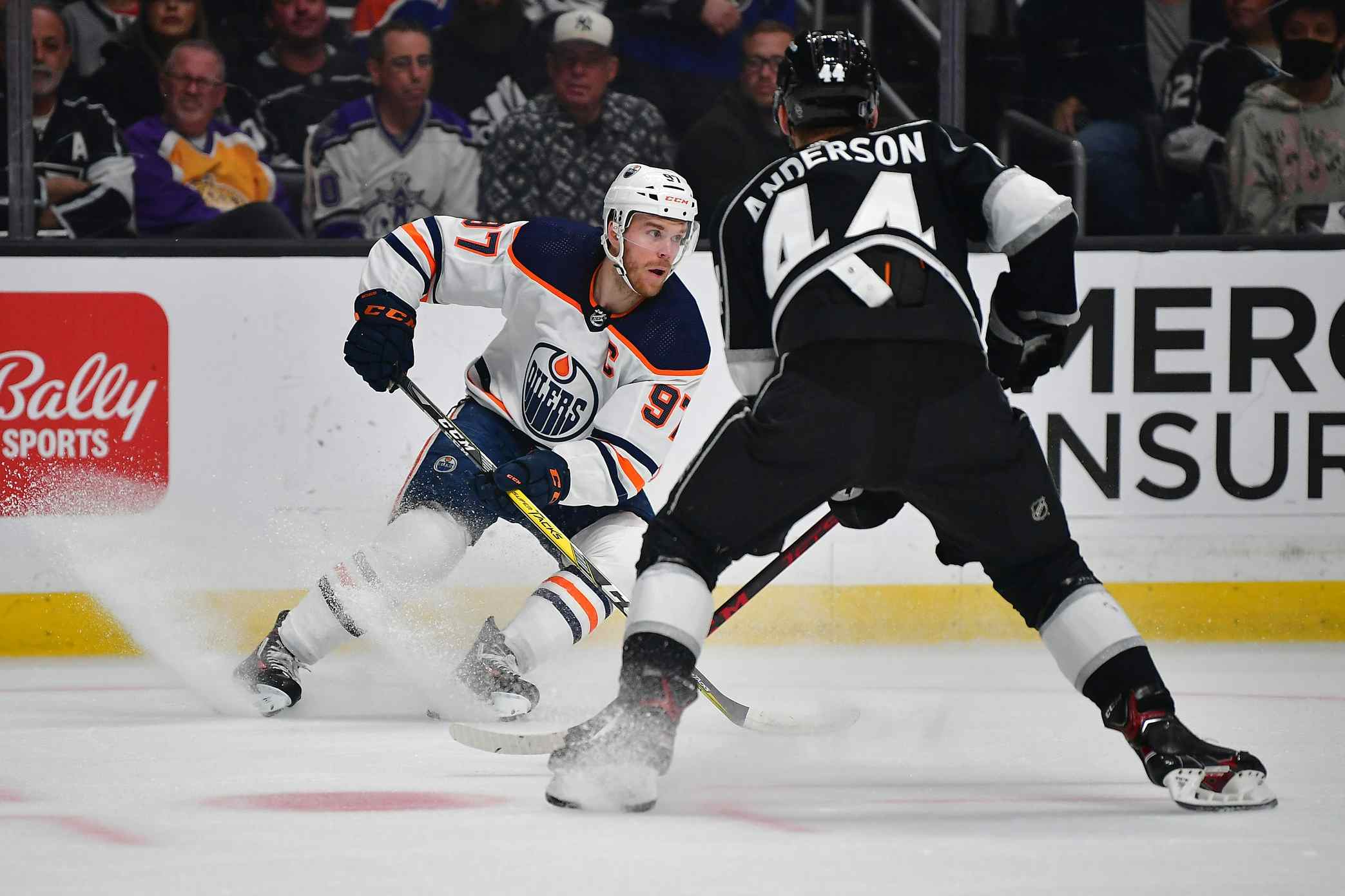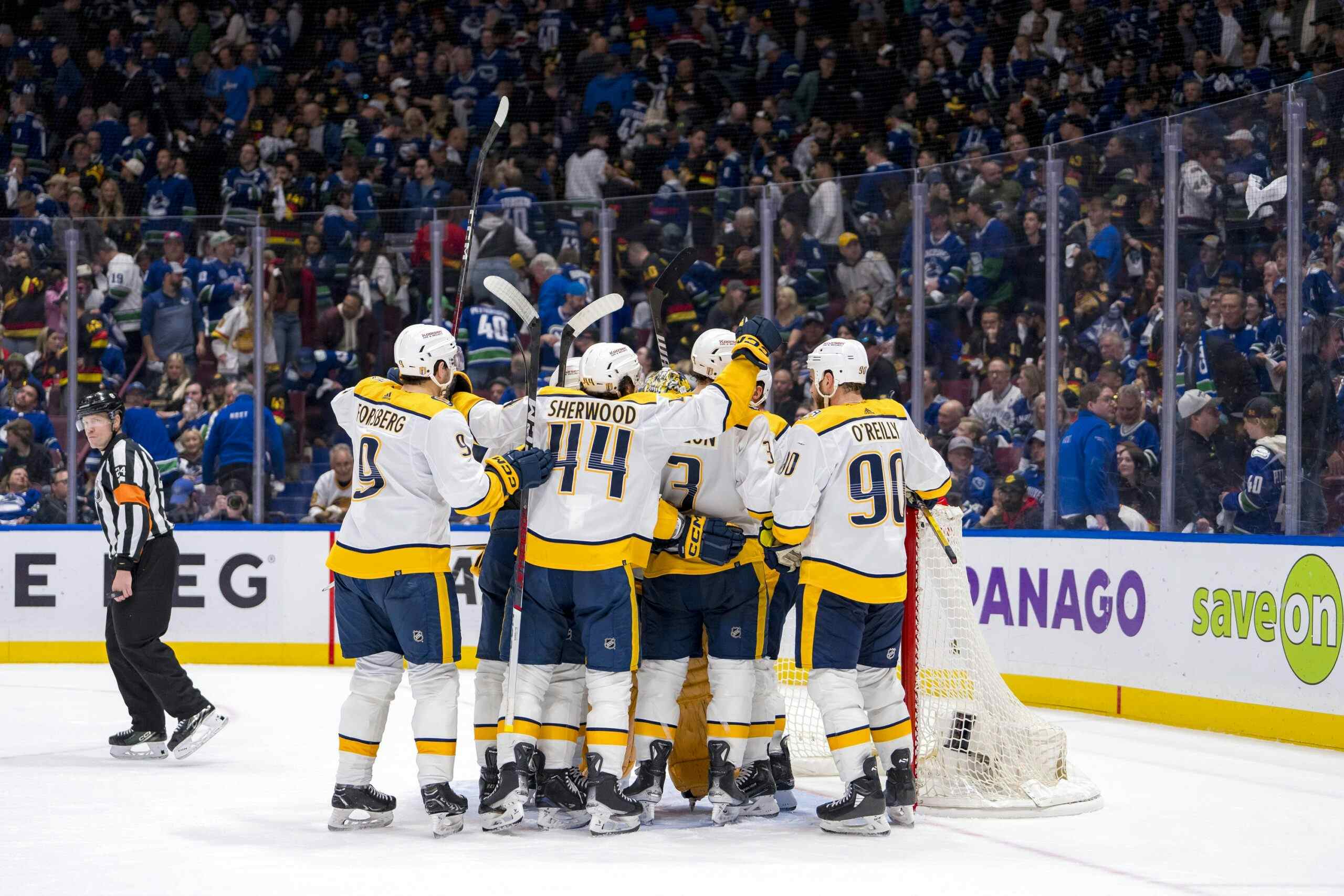Edmonton’s defence and the Washington Capitals

On Monday night, the Edmonton Oilers played the Washington Capitals, a game which I figured was sure to be an offensive extravaganza, featuring goals, goal and more goals. I decided to track defensive performance in two very specific ways to see how the Oilers defended against one of the game’s best offensive teams.
As it turned out, the answer was “extremely well” and the Caps were limited to just the one goal. That’s one more than the Oilers got, but as my primary focus was on the defence this is till going to be a pretty cheery piece.
Defending the Blue Line

|
So, a quick explanation of the above chart is probably in order. On Monday, I sat and counted every time Washington attempted to gain Edmonton’s zone (at five-on-five) against an Oilers defenceman. Then I noted whether the defenceman managed to a) break-up the play, b) force a dump-in or c) allowed the Capitals to enter the zone with the puck.
Pretty much everyone did pretty well, but the crazy thing here is how good Edmonton’s kids were at this.
Brandon Davidson had the best results on the night, allowing just a single opposition entry on seven tries. Darnell Nurse and Oscar Klefbom either turned aside or forced a dump-in on 13 of 18 entry attempts, meaning that more than two out of three opposition rushes failed to secure the offensive zone. These are encouraging signs for these young players, who to a man are big, mobile, physical and naturally geared to defending the blue line.
Mark Fayne and Andrej Sekera were less effective, but broke up the opposition entry on a combined seven of 21 tries, meaning that one in three Capitals rushes would fail even to get the puck deep, which is a minimal achievement. Oilers fans know from experience how turnovers at the offensive blue line can kill; their two veterans did a nice job of creating those against the Capitals.
Only Eric Gryba had a bad night by this metric.
I’d like to highlight one play I really liked, featuring Alex Ovechkin and T.J. Oshie for Washington:

It starts with Nate Schmidt behind his own net. He’s going to fire a long bank pass up the boards, triggering a two-man rush through the neutral zone by Washington.

The pass is good and lands on Ovechkin’s stick. Fayne is on Ovechkin immediately, though, aggressively defending the blue line rather than sitting back conservatively. He’s able to place himself firmly between Ovechkin and the Oilers’ end, so Ovechkin flips the puck down towards the blue line, where hopefully Oshie can gain the zone with speed.

Only it doesn’t happen that way. Klefbom gets to the puck first, and tips it to Benoit Pouliot, who is the high forward here.

Pouliot gets the puck and makes a quick pass to Ryan Nugent-Hopkins, who is off to the races with Jordan Eberle.
It’s a simple little play; all of four seconds elapse between the time Schmidt makes the initial pass and the moment when Pouliot wings the puck up ice to start the attack the other way. It’s just so perfect, and it shows nicely why defencemen are often best when they’re invisible. Ovechkin can’t do anything, because Fayne is right there, and there’s no reason to mentally flag the play. Oshie can’t do anything, because Klefbom is right there and there’s no reason to mentally flag the play. Pouliot is in good position and makes a quick pass, and again there’s no reason to remember the play because it all runs so quickly and so smoothly.
That’s structure.
Exiting the Zone

|
This is a similar chart, but this time looking at how well defencemen performed at exiting the zone. A “possession” exit is one where the defenceman either carried or passed the puck out, while a chip exit is one of those desperation ‘toss the puck down the ice’ plays. Turnovers are self-explanatory. Again, all this is at five-on-five.
This is where Edmonton’s veterans really shone against Washington. Fayne surprised me because I don’t usually associate him with a good first pass, but he was a perfect six-for-six by my count on the night. Sekera didn’t surprise me at all; he’s really good at this pretty much every night and doesn’t get enough credit for it.
The kids were just okay at this, but there’s a caveat. Only five of Edmonton’s 33 good zone exits (by defencemen) were rushes, and of those rushes Klefbom had two, Davidson one and Nurse one (Sekera had the other). All of these players are comfortable carrying the puck out of the defensive zone, and that’s an awfully valuable skill.
RECENTLY BY JONATHAN WILLIS
Recent articles from Jonathan Willis





